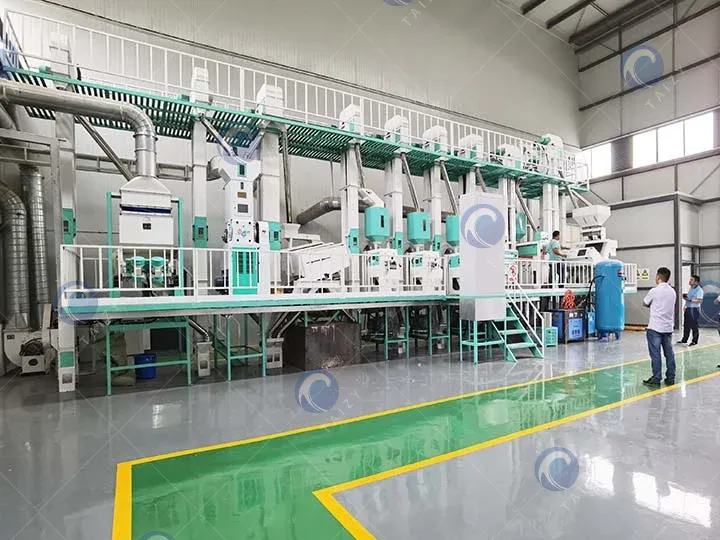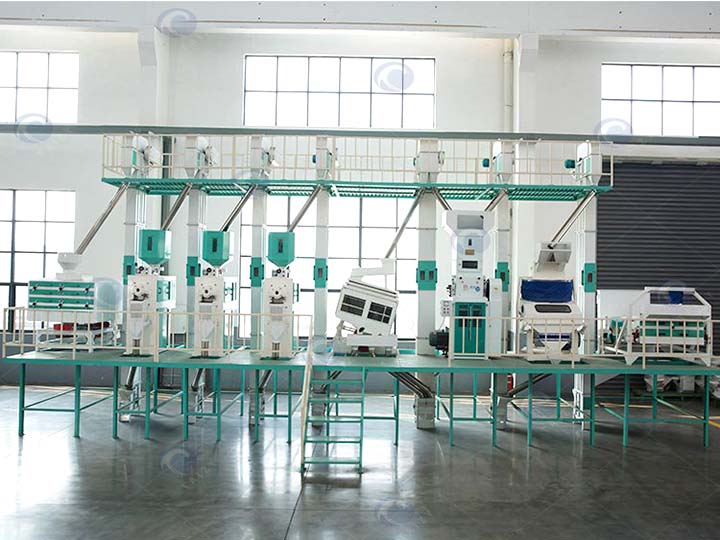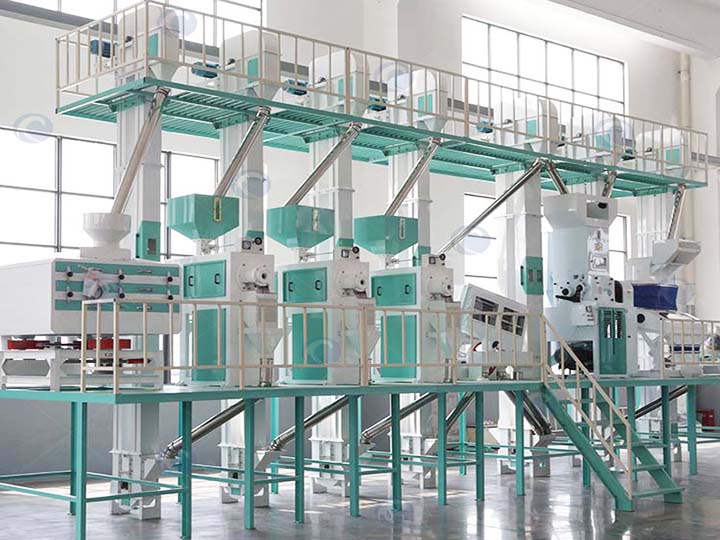Multiple rice milling in a large rice mill unit
In large rice milling units, two or even more milling processes are often used in order to achieve higher-quality rice output. The aim of this multiple milling is to achieve a balance between rice quality, yield and grain processing efficiency. The reasons why multiple polishing is used in the large rice processing unit are discussed in detail below.

Removal of impurities and husks: first rice milling

The main purpose of the first milling is to remove the husk and impurities from the paddy. During harvesting and storage, impurities such as chips, stones, etc., may be present in the paddy. In addition, the presence of the husk of the paddy can also affect the subsequent milling process. Through the first rice milling, these husks and impurities will be effectively removed, laying the foundation for subsequent processing.
Fine processing and milling: second polishing

The second rice milling is more focused on fine grinding. After the first milling, although the husks and impurities have been removed, there may still be some incompletely stripped portions. In addition, there may be some unevenness between the rice grains. The second milling can grind the rice grains more accurately, ensuring that each grain achieves the desired size and shape, improving the quality and taste of the rice.
Increasing rice yield: multiple milling


Multiple milling can increase the yield of rice. Rice yield is the percentage of edible rice obtained from the original paddy during processing. By milling the rice several times, the virgin paddy is more fully utilized, minimizing waste and increasing yield. This has significant economic benefits for large-scale rice processing.
Adapting to different needs: flexibility
The multiple rice milling process also gives the rice processing plant greater flexibility. Different types of paddy may require different processing methods, and through multiple milling, the processing plant can adjust the number of milling times and parameters to meet the needs of different paddy varieties and produce different types of rice suitable for the market.
